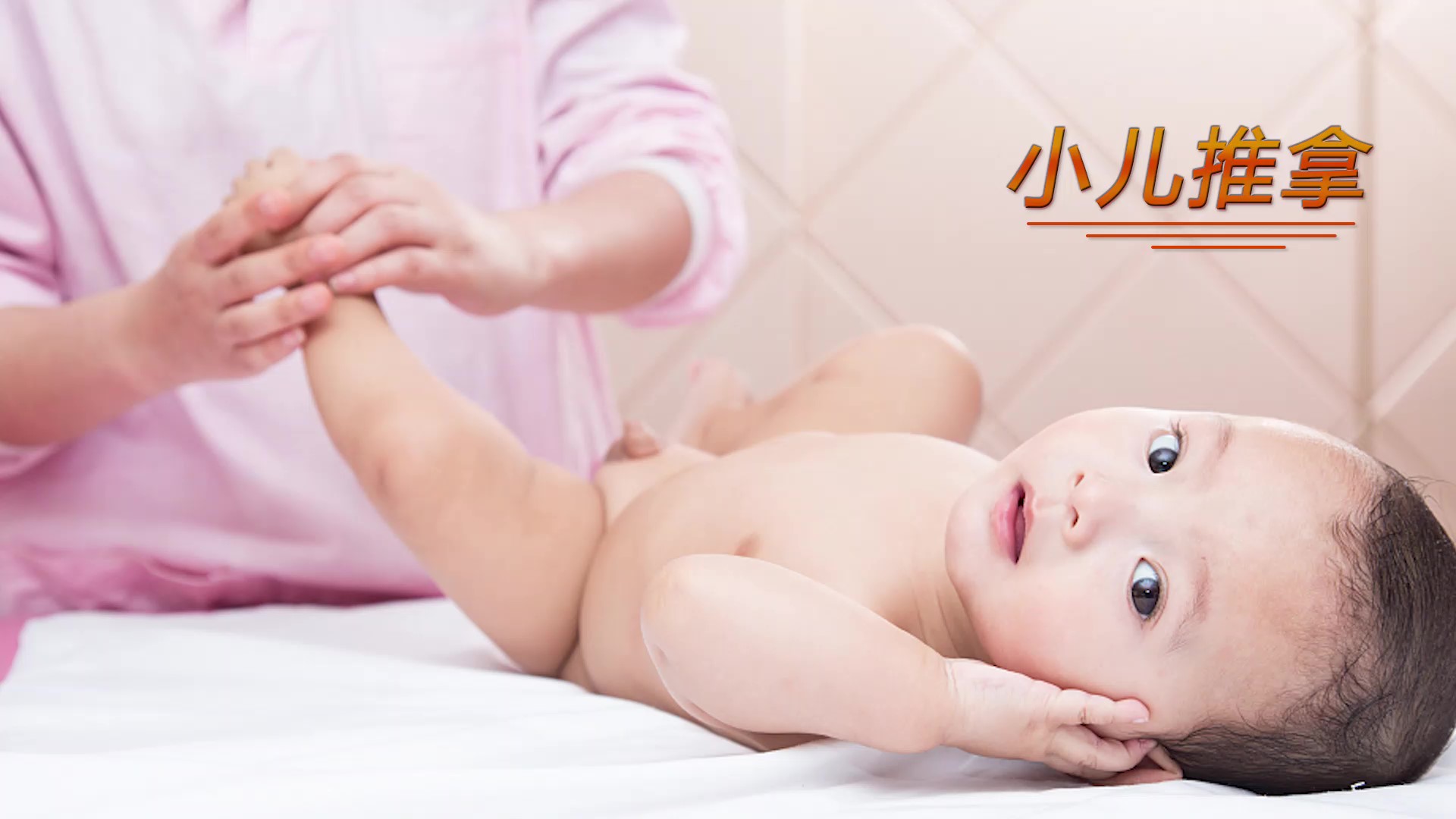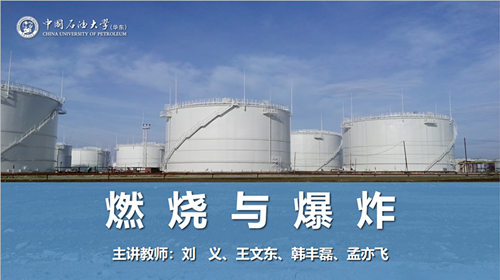
当前课程知识点:Chinese Ceramics > Unit 4 The Primitive Types of Ceramics > 4.5 White Pottery and Primitive Porcelain > White Pottery and Primitive Porcelain
返回《Chinese Ceramics》慕课在线视频课程列表
同学们好 欢迎来到课堂
今天我们将要讨论白陶和原始瓷器
在中国的早期陶器中
白陶值得人们关注的原因
不仅是它有着优美的造型
和洁白的外观
更重要的是因为它的制作原料和
当时各种泥质或砂制陶器的制作原料大不相同
有充分的研究资料表明 白陶原料的化学成分
非常接近瓷土 高岭土的成分
远远低于其他陶器原料中的含铁量
由于瓷土和高岭土的含铁量分别只有1.59%和1.72%
远远低于其他陶器原料中的含铁量
从而使这种陶器的
颜色呈白色
白陶器的器表多为素面磨光
只有少量印绳纹
商代后期是中国白陶器
高度发展的时期
这一时期的白陶器 胎质纯净细腻
器表刻有
饕餮纹 夔纹 云雷纹等各种精美图案
从某些白陶器的型制和器表装饰看
显然是在仿制
同时期的青铜礼器
由于白陶的烧制工艺技术达到了
当时的最高水平
和当时的其他陶器比较起来
白陶有着胎质坚硬
外观洁净的优点
从而受到了当时统治阶级的青睐
在夏(公元前21世纪一公元前17世纪)商时期
白陶的主要型制是供统治阶级享用的鬻 盃
爵等酒器 和豆 钵等食器
白陶在中国陶瓷史上的重要性
在于其对瓷土的运用
尽管烧成技术并未达到
瓷器的效果
却为原始瓷器的产生积累了技术经验
中国古代的劳动人民
在烧制白陶器和印纹硬陶器的实践中
不断改进原料及其处理技术
提高烧成温度和器表施釉技术
创造出了原始瓷器
原始陶瓷的烧制
可以被烧制到极高的温度
大约1200℃
原始瓷器的形成起码需要三个条件
第一是原料的选择和加工
主要表现在氧化铝成分的增多和氧化铁成分的降低
和氧化铁成分的降低
使胎质呈白色
第二是经过1200℃以上的温度烧成
胎质烧结致密
击之发出清脆的金石声
第三是在器表涂上耐高温的釉
烧成后胎釉结合牢固
厚薄均匀
釉的发明和使用是
原始瓷器出现的必备条件
最初或许是一种偶然
是在密封得很好
窑炉温度较高的富室里
在燃烧的过程中 燃料上的柴灰掉到了器物表面上
和瓷土中的长石融化在一起
在器物表面自然形成了层薄薄的釉面
从而启发了当时的陶工
陶工们用烧好的草木灰 拌入被稀释的瓷土泥浆中
最后涂在尚未烧制的器物表面
最早的灰釉便由此产生
这种含有草木灰和微量铁质的釉
在氧化焰中烧制呈黄色或褐色
在还原焰中烧制则呈青色或青绿色
高温釉的发明可以说是中国人的创举
尽管是偶然发现的
比世界上最早发明低温釉的
西亚还要早很多年
这种有橄榄绿 绿色
青绿色 青色 黄色 褐色等多种釉色的高温釉
与低温瓷
在西亚和南欧的
具有沉静 含蓄 雅素 温润的特点
这些特点后来发展成中国瓷器特有的风格
原始瓷器常见的型制有尊
钵 瓮 罐 豆 簋等
原始瓷器的胎质比较坚硬
颜色多呈灰白色和灰褐色
少量胎质为纯白稍黄
器表釉色以青绿色最多
有一些豆绿色 深绿色和黄绿色
原始瓷器的成型工艺和硬纹印陶一样
多采用泥条盘筑法
盘筑成型后
用印有各式纹饰的拍子拍打
一方面使泥条紧密粘紧
另一方面又装饰了器表
最后经过刮削 再上釉烧成
器表的釉下除少数为素面外
多饰有方格纹
叶脉纹 锯齿纹 弦纹 席纹和S纹
并有一些圆圈纹和绳纹
出现在商代的
原始瓷器
有坚固耐用 器表带釉
不易污染而易清洗等优点
除在黄河中下游一些地方
有少量出土外
大多数出土于
在长江下游和东南沿海一带
今天的课就到这里
谢谢大家 下节课再见
-1.1 Introduction
-1.2 Ceramics in Neolithic, East Han and Wei-Jin Dynasties
--Ceramics in Neolithic, East Han and Wei-Jin Dynasties
-1.3 Sui and Tang dynasties and Song Dynasty ceramics
--Sui and Tang dynasties and Song Dynasty ceramics
-1.4 Ming and Qing Dynasties
-Unit 1 test
--Unit 1 test
-Discussion questions
-2.1 The Unique Chinese Ceramic Culture
--The Unique Chinese Ceramic Culture
-2.2 The Historical Development of Chinese Ceramic Making
--The Historical Development of Chinese Ceramic Making
-2.3 Chinese Ceramic Shape Art
-2.4 Chinese Ceramic Painting Art
--Chinese Ceramic Painting Art
-2.5 Chinese Ceramic Folk Stories
--Chinese Ceramic Folk Stories
-Unit 2 test
--Unit 2 test
-Discussion questions
-3.1 CeramicCulture and the Zodiac
--CeramicCulture and the Zodiac
-3.2 The heritage of traditional ceramic culture
--The heritage of traditional ceramic culture
-3.3 The development and innovation of ceramic art
--The development and innovation of ceramic art
-Unit 3 test
--Unit 3 test
-Discussion questions
-4.1 Gorgeous Colored Pottery
-4.2 The Method of Making Colored Pottery
--The Method of Making Colored Pottery
-4.3 Primitive Colored Pottery Ⅰ
-4.3 Primitive Colored Pottery Ⅱ
-4.3 Primitive Colored Pottery Ⅲ
-4.4 Black Earthenware
-4.5 White Pottery and Primitive Porcelain
--White Pottery and Primitive Porcelain
-Unit 4 test
--Unit 4 test
-Discussion questions
-5.1 Terracotta Warriors in Qin Dynasty
--Terracotta Warriors in Qin Dynasty
-5.2 Potteries in Han Dynasty
-Unit 5 test
--Unit 5 test
-Discussion questions
-6.1 Dragon kiln and Celadon
-6.2 Yue Kiln and Wuzhou kiln
-6.3 Deqing Kiln and Ou kiln
-6.4 Longquan Wares
-6.5 Yaozhou Wares
-Unit 6 test
--Unit 6 test
-Discussion questions
-7.1 Tang Tri-Colored Pottery
--7.1 Tang Tri-Colored Pottery
--7.1 Tang Tri-Colored Pottery
-7.1Tang Tri-Colored Pottery
--7.1 Tang Tri-Colored Pottery
--7.1 Tang Tri-Colored Pottery
-Discussion questions
-Unit 7 test
--Unit 7 test
-8.1 The flourishing age of the Song Dynasty
--8.1 The flourishing age of the Song Dynasty
-8.2 The flourishing age of the Song Dynasty
--8.2 The flourishing age of the Song Dynasty
-8.3 Ding Wares
-8.4 Ru Wares
-8.5 Guan Wares
-8.6 Ge Wares
-8.7 Jun Wares
-Discussion questions
-Unit 8 test
--Unit 8 test
-9.1 Reasons for the maturity of Qinghua porcelain in Yuan Dynasty
--9.1 Reasons for the maturity of Qinghua porcelain in Yuan Dynasty
-9.2 The Invention of Blue-and-white Porcelain in the Tang Dynasty
--9.2 The Invention of Blue-and-white Porcelain in the Tang Dynasty
-9.3 Fine China Ware became the Symbol of ChinaⅠ
--9.3 Fine China Ware became the Symbol of ChinaⅠ
-9.3 Fine China Ware became the Symbol of ChinaⅡ
--9.3 Fine China Ware became the Symbol of ChinaⅡ
-9.3 Fine China Ware became the Symbol of ChinaⅢ
--9.3 Fine China Ware became the Symbol of ChinaⅢ
-9.4 The charm of QinghuaⅠ
-9.4 The charm of QinghuaⅡ
-9.4 The charm of QinghuaⅢ
-Discussion questions
-10.1 Da Ming Wucai
-10.2 Wooden engravings influence on Wucai porcelain
--10.2 Wooden engravings influence on Wucai porcelain
-10.3 Kangxi Wucai
-10.4 Liling Under-glaze multicolored porcelainⅠ
--10.4 Liling Under-glaze multicolored porcelainⅠ
-10.4 Liling Under-glaze multicolored porcelainⅡ
--10.4 Liling Under-glaze multicolored porcelainⅡ
-Discussion questions
-11.1 The advent of Fencai
-11.2 Fencai Porcelain in the Yong zheng period
--Fencai Porcelain in the Yong zheng period
-11.3 Fencai Porcelain in the Qianlong Period
--Fencai Porcelain in the Qianlong Period
-Discussion questions
-13.1 Zisha-pottery
-13.2 The Zisha Teapot
-13.3 The Zisha tea set in the Ming Dynasty
-Discussion questions
-14.1 Development of Contemporary Chinese ceramic art
--14.1 Development of Contemporary Chinese ceramic art
-14.2 The internationalization trend of Chinese modern ceramics
--14.2 The internationalization trend of Chinese modern ceramics
-14.3 A new style of contemporary ceramic art Ⅰ
--14.3 A new style of contemporary ceramic artⅠ
-14.3 A new style of contemporary ceramic art Ⅱ
--14.3 A new style of contemporary ceramic art Ⅱ
-14.4 The Trade of the Artisans Ⅰ
--14.4 The Trade of the Artisans Ⅰ
-14.4 The Trade of the Artisans Ⅱ
--14.4 The Trade of the ArtisansⅡ
-Discussion questions
-15.1 Unique Cloisonné technique
--15.1 Unique Cloisonné technique
-15.2 The Craftsmanship and Development of Cloisonné
--15.2 The Craftsmanship and Development of Cloisonné
-15.3 The Problems Facing the Inheritance of Cloisonné
--15.3 The Problems Facing the Inheritance of Cloisonné
-15.4 The inheritance and development of Cloisonné
--15.4 The inheritance and development of Cloisonné
-Unit 15 Test
--Unit 15 Test
-Discussion questions
-16.1 Appreciation of Chinese ceramics
--16.1 Appreciation of Chinese ceramics
-16.2 Explore the origins of ancient ceramics Ⅰ
--16.2 Explore the origins of ancient ceramics Ⅰ
-16.2 Explore the origins of ancient ceramics Ⅱ
--16.2 Explore the origins of ancient ceramics Ⅱ
-Unit 16 Test
--Unit 16 Test
-17.1 Traditional Chinese Decorative Patterns
--17.1 Traditional Chinese Decorative Patterns
-17.2 Application of Traditional Chinese decorative patterns in ceramics
--17.2 Application of Traditional Chinese decorative patterns in ceramics
-Unit 17 Test
--Unit 17 Test
-Discussion questions


